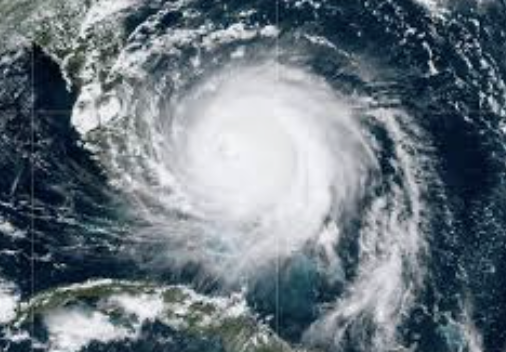History Facts Before the 20th century, there was no uniform method for naming hurricanes in the U.S., though some other parts of the world saw creative naming conventions. Residents of the West Indies, for example, named hurricanes after patron saints. And 19th-century British meteorologist Clement Wragge used characters from Greek and Roman mythology, as well as the last names of his political enemies, for typhoons in the Pacific Ocean. He also began a tradition that eventually made its way across the Atlantic: using women’s names for hurricanes. Until the 1940s, hurricanes in the U.S. were generally referred to simply by the year and/or place they occurred, such as the “Great Miami Hurricane of 1926.” That changed during World War II, when Navy and Air Force meteorologists began to name the tropical storms they tracked after their girlfriends and wives for easier reference. For a time, the U.S. military also experimented with naming storms after its phonetic alphabet — Able, Baker, Charlie, and so on — but this was replaced with a system thought to be less confusing and easier for the public to remember. In 1954, the National Weather Bureau chose to use women’s names as the standard for hurricanes; that year saw Alice, Barbara, Carol, and others.
Hurricanes used to only be named after women.
- Published Aug 14, 2024
